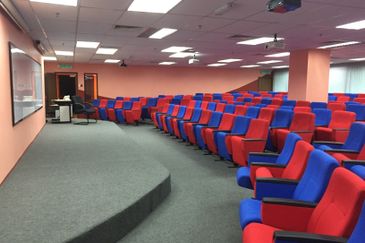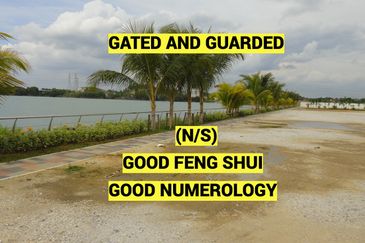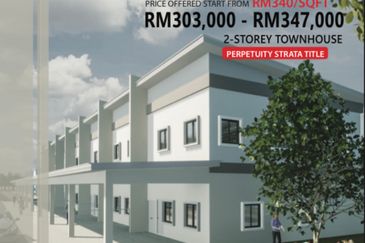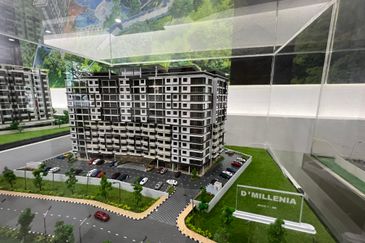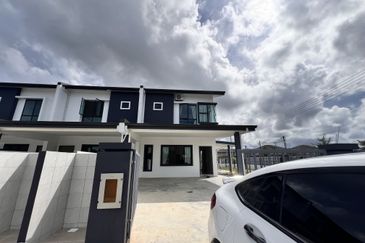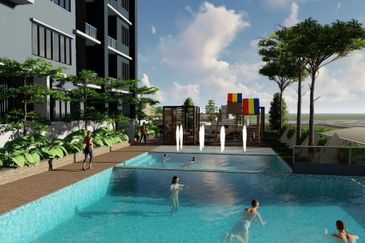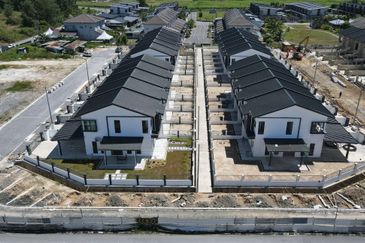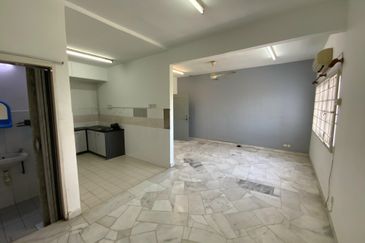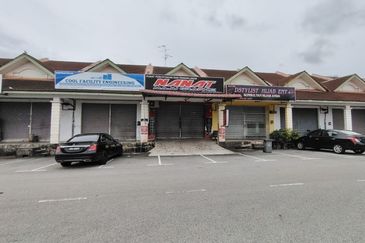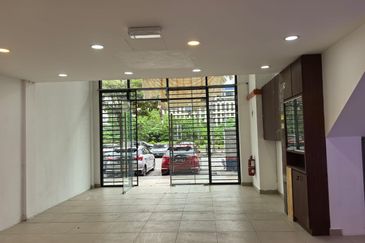
KUALA LUMPUR (March 9): Industrial properties “will continue to be sought after” driven by the rapid growth of e-commerce in the region, reported The Edge Malaysia recently.
Axis REIT Managers Bhd CEO Leong Kit May told the weekly that the burgeoning e-commerce segment has resulted in the “development of mega distribution centres to handle the huge volume of products and transactions”.
“This will continue to drive demand for warehouses in Malaysia. Recent major land transactions and tender awards point to a healthy landscape of high local and foreign investor interest in developing large logistics hubs and managed industrial parks,” Leong said.
“The demand for warehouses does not only come from the current set of logistics and e-commerce players but also large retail brands such as Tesco, IKEA and Decathlon as they expand aggressively into online sales,” she added.
It has been reported that demand for warehouses “is fuelled not only by e-commerce retailers but also by large retail brands setting up their national and regional distribution centres” in the country.
Nestlé, for example, has a national distribution centre at Axis Mega DC in Teluk Panglima Garang, Selangor, which covers 24.78 acres of leasehold industrial land.
Other “notable mega distribution centres include” the IKEA Regional DC in Pulau Indah Industrial Park in Klang, the Lazada Regional DC in Sepang and the Continental Tyres Regional DC in Kuala Selangor.
“Next-day deliveries are now commonly available. Both globally and locally, this is increasing the demand for last-mile distribution centres located centrally in the city and suburbs, which were not the typical locations within industrial zones and air or sea ports,” Leong explained.
Meanwhile, Datuk Stewart LaBrooy, chairman and co-founder of AREA, told the business publication that “Southeast Asia’s booming digital economy will drive demand for sophisticated new warehouses and last-mile delivery solutions in Malaysia”.
“Southeast Asia’s accelerating internet economy is hard to keep up with because it keeps blowing expectations out of the water. The 2016 and 2017 e-Conomy reports [a Google and Temasek project] foresees a US$200 billion (RM817.5 billion) internet economy in the region by 2025.
“The region is taking much less time to get there than expected, as with eight years left to go, we are already more than a third of the way to the target. So, the latest e-Conomy report projects a US$240 billion internet economy in Southeast Asia by 2025,” LaBrooy added.
“Not only are customer expectations of next-day or same-day deliveries increasing but they also demand to know where their orders are.
“All these demands cannot be fulfilled by traditional distribution centres due to their non-strategic locations and old technology employed,” wrote the business publication.
TOP PICKS BY EDGEPROP

Kenny Hills (Bukit Tunku)
Kenny Hills (Bukit Tunku), Kuala Lumpur

Residensi Zamrud (Zamrud Residensi)
Kajang, Selangor



